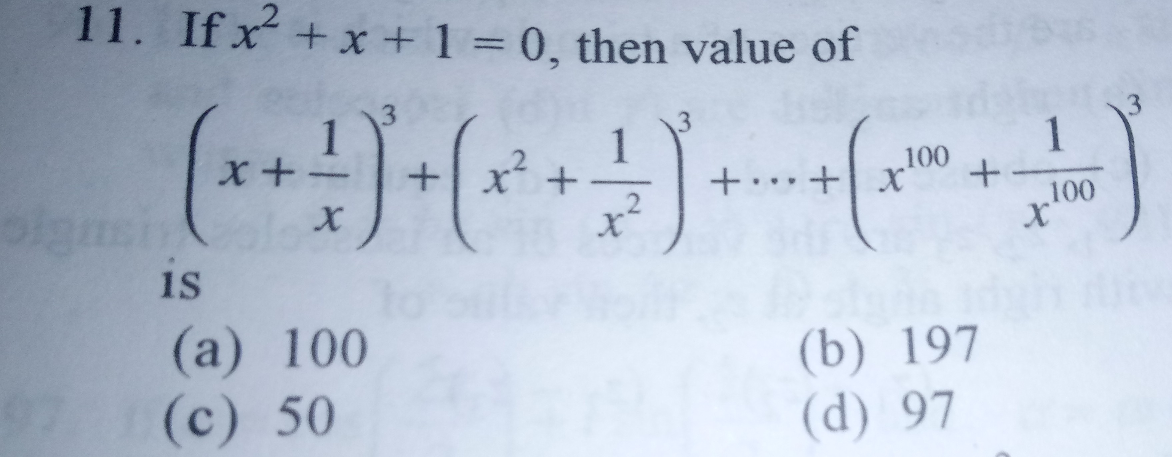
AlgebraQuestion and Answers: Page 349
Question Number 27449 Answers: 2 Comments: 0
$${factorise}\:{a}^{\mathrm{4}} −\left({b}+{c}\right)^{\mathrm{4}} \\ $$
Question Number 27469 Answers: 1 Comments: 3

Question Number 27419 Answers: 1 Comments: 0
Question Number 27384 Answers: 1 Comments: 1
Question Number 27382 Answers: 1 Comments: 0
Question Number 27376 Answers: 0 Comments: 2

Question Number 27300 Answers: 3 Comments: 1

Question Number 27213 Answers: 1 Comments: 1
Question Number 27112 Answers: 0 Comments: 2

Question Number 27103 Answers: 0 Comments: 1
Question Number 27094 Answers: 1 Comments: 2
Question Number 27059 Answers: 0 Comments: 2

Question Number 27046 Answers: 0 Comments: 0
Question Number 27061 Answers: 2 Comments: 1

Question Number 27060 Answers: 1 Comments: 1

Question Number 26999 Answers: 1 Comments: 0
Question Number 26998 Answers: 0 Comments: 0
Question Number 26997 Answers: 0 Comments: 3
Question Number 26942 Answers: 1 Comments: 0

Question Number 27000 Answers: 0 Comments: 1
Question Number 26733 Answers: 1 Comments: 1

Question Number 27002 Answers: 2 Comments: 4

Question Number 26694 Answers: 1 Comments: 0
Question Number 26680 Answers: 1 Comments: 0
Question Number 26642 Answers: 2 Comments: 0
$$\mathrm{9}{x}^{\mathrm{2}} +\mathrm{41}{x}−\mathrm{204}=\mathrm{0}.\:{solved}\:{it}. \\ $$
Question Number 26638 Answers: 1 Comments: 0
Pg 344 Pg 345 Pg 346 Pg 347 Pg 348 Pg 349 Pg 350 Pg 351 Pg 352 Pg 353
